What makes a good seam in granite or quartz?
Granite City Services
11 years ago
Featured Answer
Sort by:Oldest
Comments (11)
repac
11 years agoGranite City Services
11 years agoRelated Discussions
Quartz seams-placement, and looks
Comments (9)At first I didn't think the seam was terrible but then I saw may flowers perfectly hidden seam, dang! The contractor could be telling the truth about the seam depending on the layout and what's available with the slab, but then again, it could be a line of bull in hopes you just forgot about it... Ether way your counter tops are beautiful,I hope they make it right for you. I freaked about my seam a little too when my kitchen was done but I hired a guy off CL and got a decent deal. I also had a tiny crack/hole in the sink area and I really freaked about that... A couple years later, that little crack/hole is still there and I don't even notice it or the seam... Let us know the outcome....See MoreRedroze's Granite install - Bad seams and all
Comments (37)The hot tamale train!!???!! That rocks Mrsandrews!!!!! Thank you. Which granite did you end up with?? I know, I know. I need to calm myself down before I freak out again. I mean, soon the appliances are going in, then window treatments. I can't post another "oh no, this is too XXX" everytime I frickin put something new in my kitchen!!! Thanks neesie! I didn't realize I was being too sensitive. To me, from a technical perspective, it just doesn't match up. I've seen some kick a$$ seams on GW where they match perfectly, and we had two big slabs for them to choose from, so I was just expecting that they could do a better job. But maybe my expectations are too high. And no, my mother-in-law has told me before, for goodness sakes, don't point out the flaws!! Thanks Patricia!!...See MoreSeam or no seam quartz countertop
Comments (8)Sorry, Melissa, I can't make any sense out of what you're describing. Perhaps you could draw something, take a picture of the drawing and post it? The more rounded the edge, the less likely the chipping....See MoreIs this a bad quartz countertop seam and sink installation??
Comments (30)It's better if you find a smaller fabricator with proper licenses and insurance. Don't go with big box stores but also make sure not to do business with contractors or freelancer shops who cut quartz in their driveway, yard or a garage. Check the reviews, ask to see some of the work they already did, and that should be enough to make you certain that you're doing the job with the real professionals. And now you can say that you can be certain how a seam should not look like....See MoreSparklingWater
11 years agoGranite City Services
11 years agoNancy Mee
10 years agoGranite City Services
10 years agokksmama
10 years agoGranite City Services
10 years agoHolly- Kay
10 years agoChewbacca Wookie
8 years ago
Related Stories

MOST POPULAR5 Remodels That Make Good Resale Value Sense — and 5 That Don’t
Find out which projects offer the best return on your investment dollars
Full Story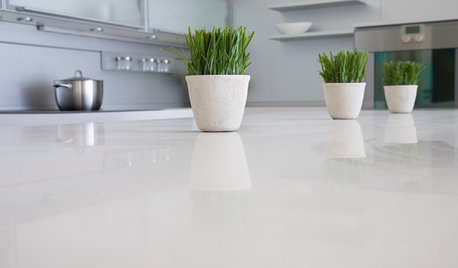
KITCHEN DESIGNKitchen Counters: Stunning, Easy-Care Engineered Quartz
There's a lot to like about this durable blend of quartz and resin for kitchen countertops, and the downsides are minimal
Full Story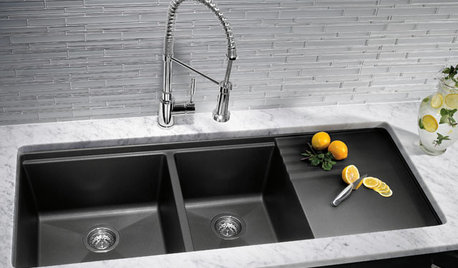
KITCHEN DESIGNKitchen Sinks: Granite Composite Offers Superior Durability
It beats out quartz composite for strength and scratch resistance. Could this kitchen sink material be right for you?
Full Story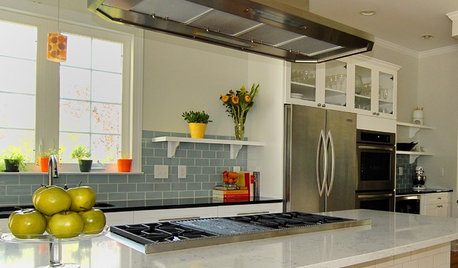
KITCHEN DESIGNGet Quartz and Porcelain Surfaces Super Clean
These cleaning tips for quartz, travertine, porcelain and engineered stone will help keep your countertops and sinks looking spotless
Full Story
KITCHEN DESIGNCountertop and Backsplash: Making the Perfect Match
Zero in on a kitchen combo you'll love with these strategies and great countertop-backsplash mixes for inspiration
Full Story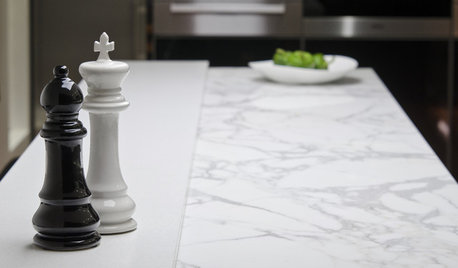
KITCHEN COUNTERTOPSKitchen Counters: High-Tech Solid Surfaces Make Maintenance Easy
Sculpted by heat and nonporous by nature, solid-surface countertops bring imagination and low maintenance to the kitchen
Full Story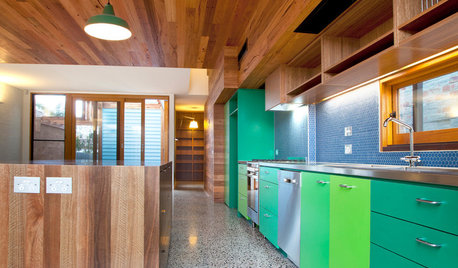
FLOORSMake Your Floors Terrific With Terrazzo
Durable, sanitary and unique, this bespeckled surface is a winner for floors, walls, countertops and sinks
Full Story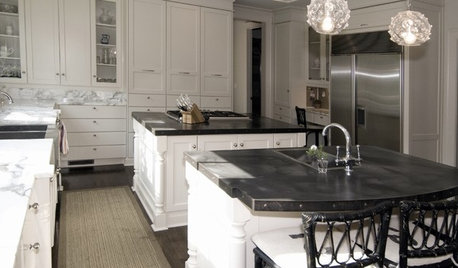
KITCHEN COUNTERTOPSKitchen Countertop Materials: 5 More Great Alternatives to Granite
Get a delightfully different look for your kitchen counters with lesser-known materials for a wide range of budgets
Full Story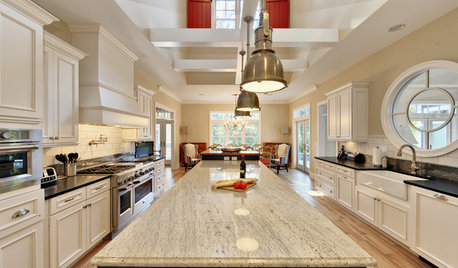
KITCHEN COUNTERTOPSKitchen Countertops: Granite for Incredible Longevity
This natural stone has been around for thousands of years, and it comes in myriad color options to match any kitchen
Full Story



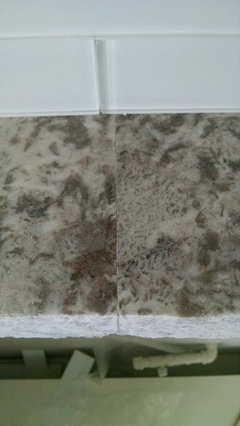
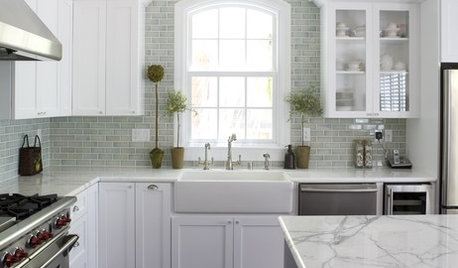



mark_rachel